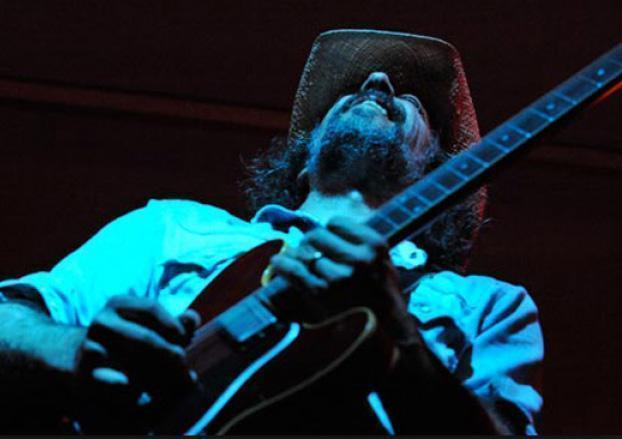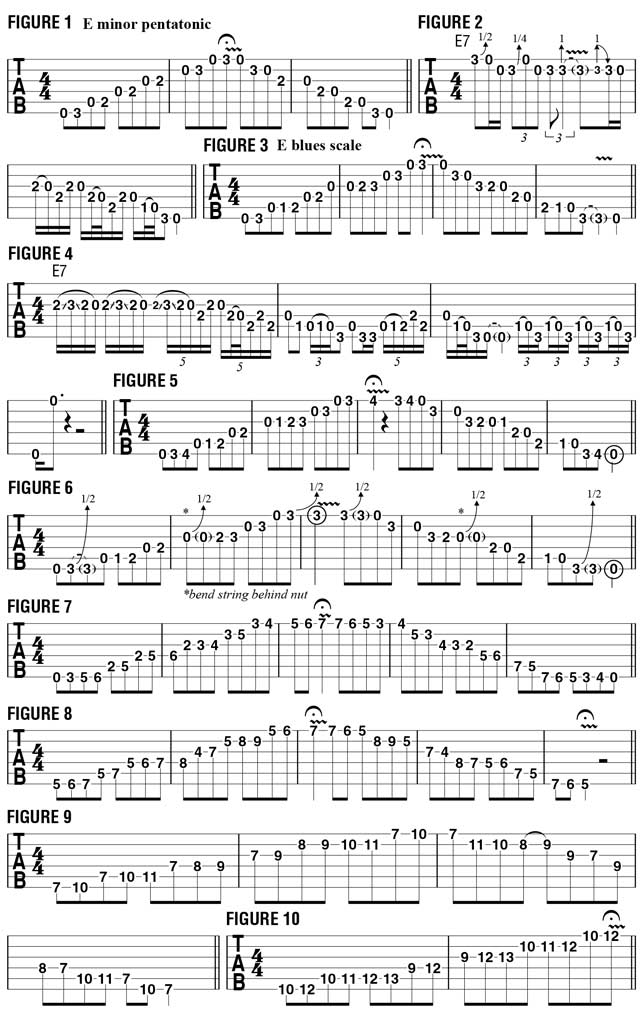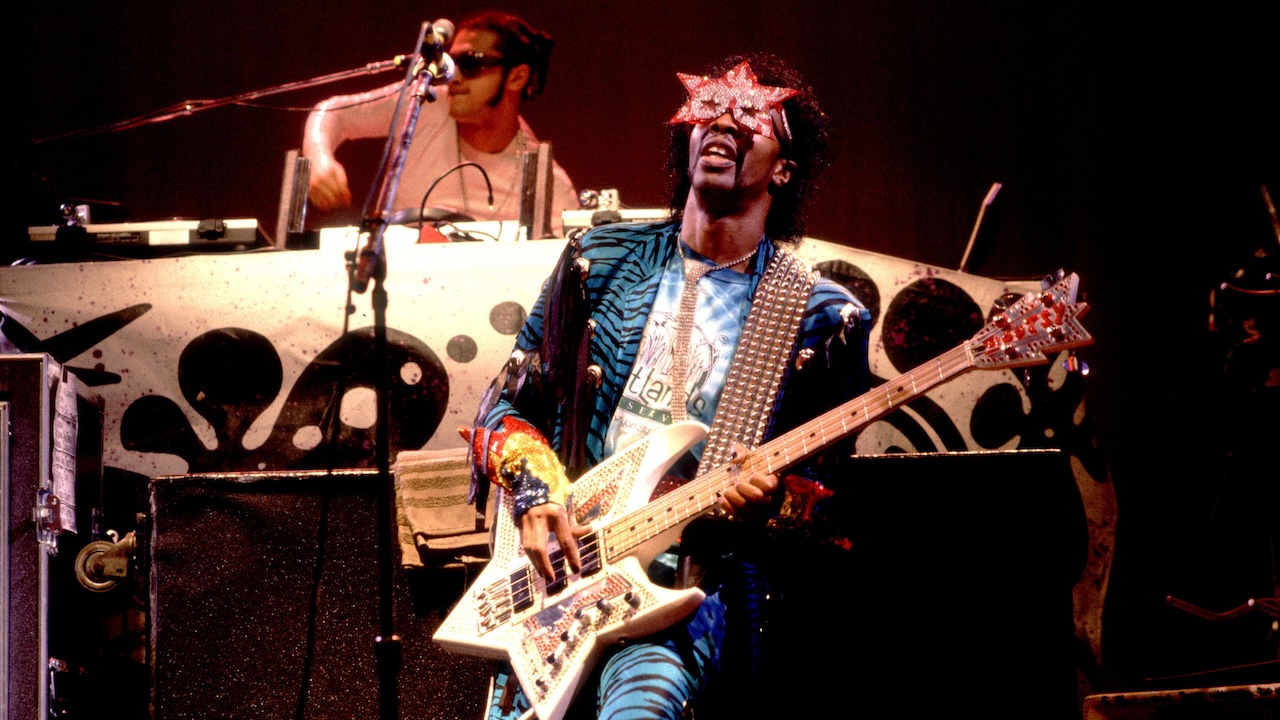Adding the Major Third to Minor Pentatonic and Blues Scale Phrases
Bolster your solos through melodic experimentation and contouring.

The scales most often used for soloing in rock, blues, country and much popular music are the five-tone pentatonic scales and six-tone scales that add a passing tone to pentatonic, such as the blues scale.
Of the two most prevalent pentatonic scales—minor and major pentatonic—minor pentatonic is the most widely used, as well as its chromatically enhanced sister scale, the blues scale.
An interesting and highly useful scale is formulated when the major third is added to the blues scale, resulting in 1(root) b3 3 4 b5 5 b7; in the key of E, the notes are E G G# A Bb B D.
The presence of the major third will serve to strengthen the connection between your lines and the prevalent dominant seventh chords often used in blues and rock, and the inclusion of the chromatic row from the minor third up to the fifth invites plenty of room for melodic experimentation and contouring.
FIGURE 1 illustrates the E minor pentatonic scale (E G A B D) as played in first, or “open,” position, two notes per string, with all the open strings included. As shown in FIGURE 2, this simple scale can suffice for melodic soloing improvisations. In bar 2 of the example, a brief nod to the blues scale is sounded, via the inclusion of Bb, the flatted fifth, at the closing of the phrase.
FIGURE 3 illustrates the E blues scale (E G A Bb B D) played in this same position, and FIGURE 4 offers an example of solo phrases that highlight the flatted fifth, using slides, hammer-ons and pull-offs.
Now let’s add the major third to the blues scale structure: FIGURE 5 illustrates the E blues scale with the inclusion of G#, the major third; notice in particular the chromatic row that occurs between the minor third, G, and the fifth, B. As essential twist when incorporating the major third into the blues scale is to always play the minor third first, followed by the major third (G to G#), whether the new scale is played ascending or descending.
All the latest guitar news, interviews, lessons, reviews, deals and more, direct to your inbox!
This serves to emphasize the major third and, as a result, create a stronger harmonic bond to a dominant seventh chord. Along with fretting the major third, one can also bend up to it from the minor third, as demonstrated in FIGURE 6. When playing the open G string, the bend to G# is achieved by pushing down on the string behind the nut, a technique made famous by Jimmy Page and Jimi Hendrix.
FIGURES 7–10 show this scale in second/third, fourth/fifth, seventh and ninth/10th position. Memorize and play around with all of these useful patterns.

Guitar World Associate Editor Andy Aledort is recognized worldwide for his vast contributions to guitar instruction, via his many best-selling instructional DVDs, transcription books and online lessons. Andy is a regular contributor to Guitar World and Truefire, and has toured with Dickey Betts of the Allman Brothers, as well as participating in several Jimi Hendrix Tribute Tours.

